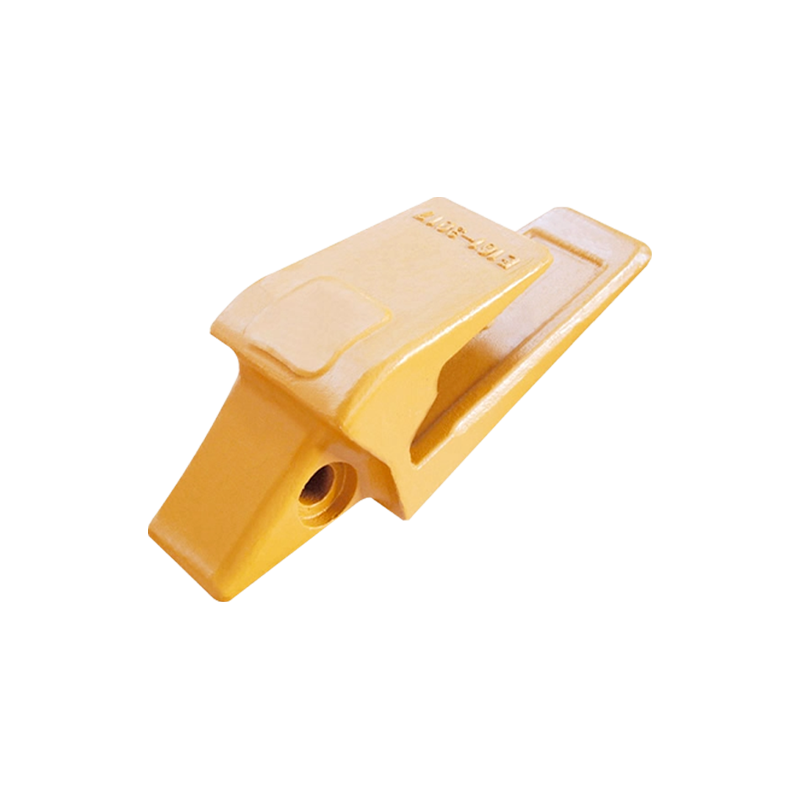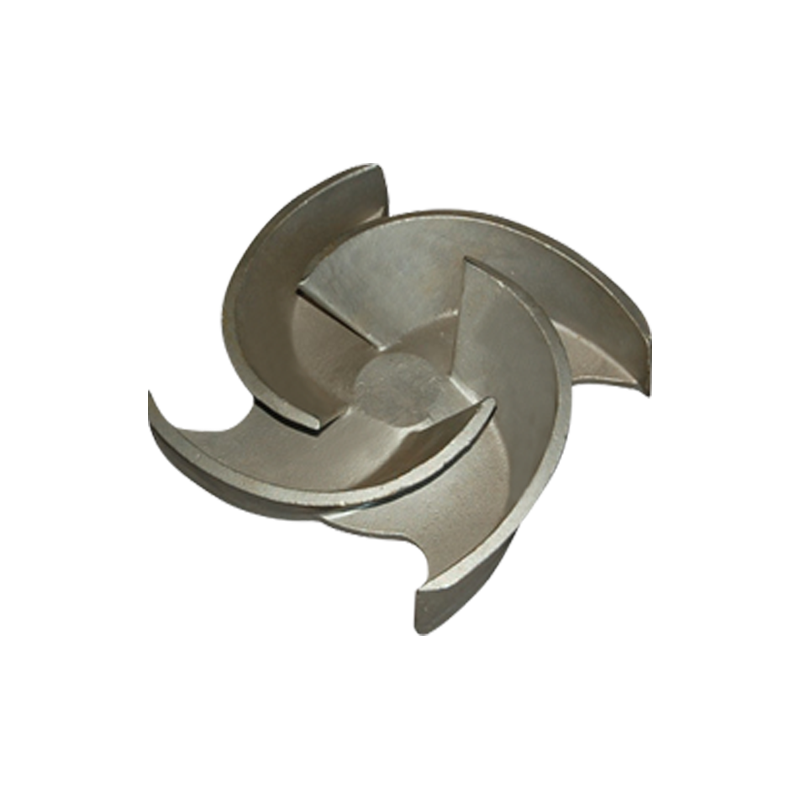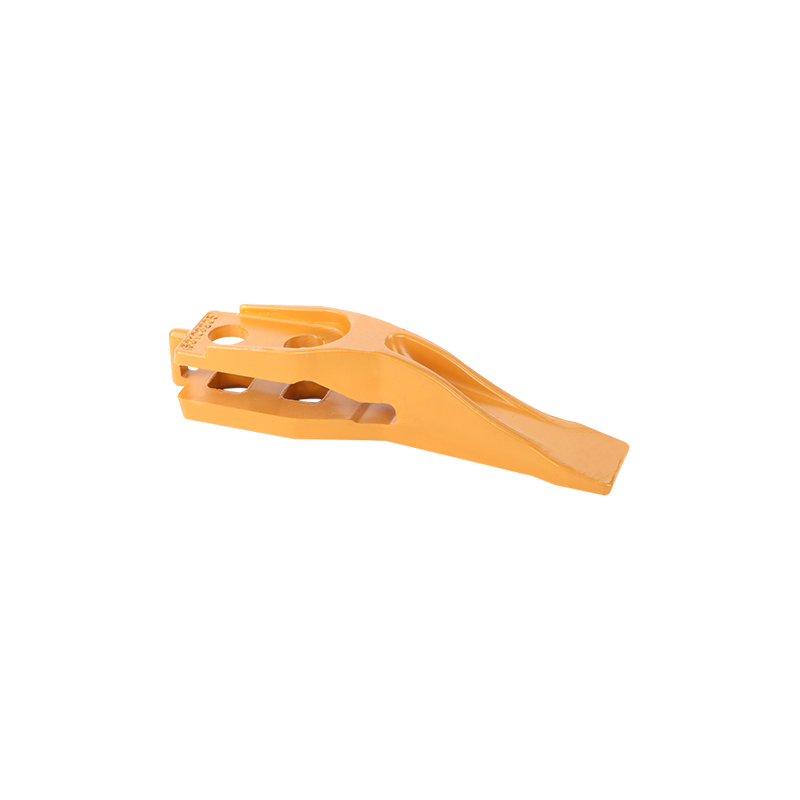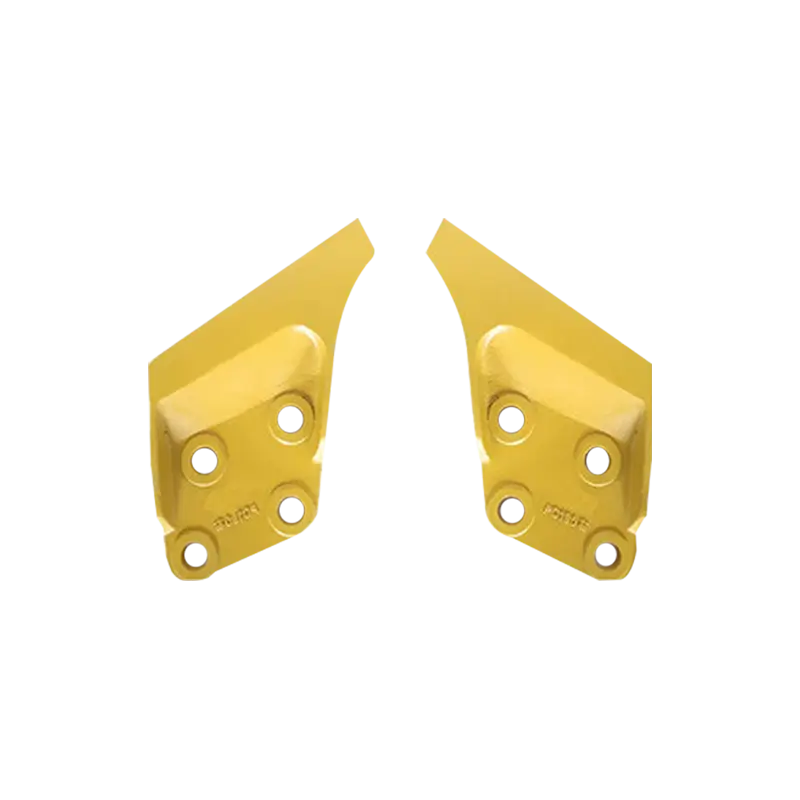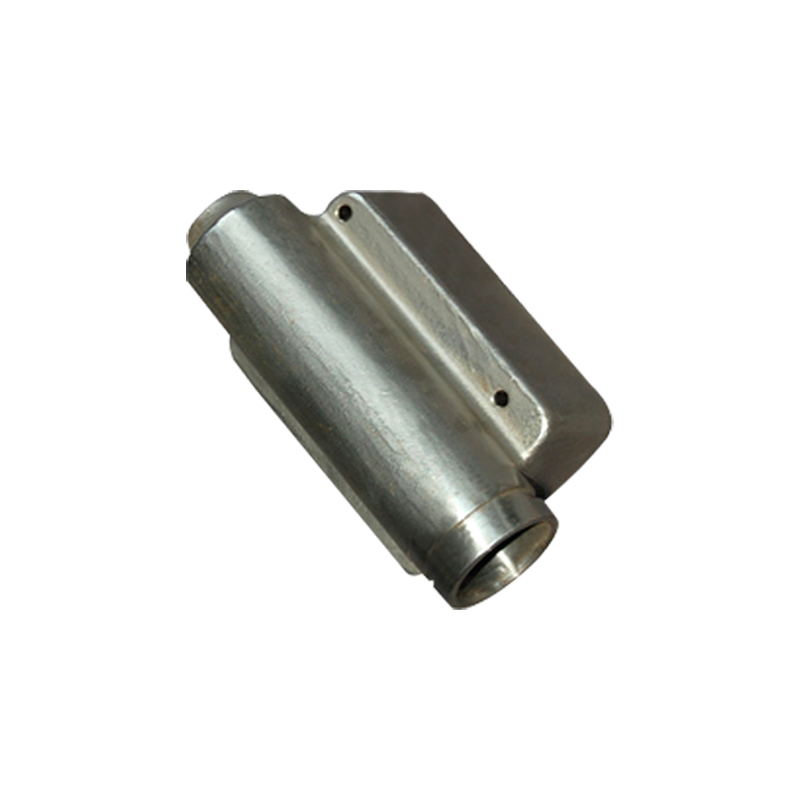Our quality assurance services and processes ensure the reliability of our products and your satisfaction.
Manufacturing drilling rig casting steel parts is a complex process that involves many challenges. Since drilling rig components must withstand extreme working conditions, the casting process requires high demands on materials, technology, and techniques.
1. Material Quality and Consistency
Drilling rig casting steel parts must possess outstanding mechanical properties to withstand high strength, wear resistance, and high temperatures. Therefore, ensuring the stability of the steel’s chemical composition and mechanical properties is critical. The common challenges in material quality control include:
-
Steel Composition Control: The steel composition must meet strict standards. Common alloying elements such as carbon, manganese, chromium, and molybdenum must be maintained within precise ranges. A slight deviation can result in parts that do not meet strength, corrosion resistance, or other performance criteria. For example, excessive carbon can make steel brittle, while insufficient carbon can reduce hardness.
-
Microstructure Control: The microstructure of steel directly affects its mechanical properties, such as tensile strength, hardness, and fatigue strength. During casting, factors like cooling rate, mold temperature, and pouring temperature influence the grain size and structure. Improper control can lead to uneven microstructure in the casting, which negatively impacts the overall performance of the parts.
2. Porosity and Gas Entrapment
-
Porosity Defects: During casting, when molten steel is poured into the mold, inadequate venting or poor metal flow can lead to air bubbles being trapped within the casting, forming porosity. These voids compromise the part’s strength and durability, especially in drilling rig components where high loads and vibrations are encountered. If porosity is not detected and corrected, it may cause premature failure of the part.
-
Gas Entrapment: The casting process can also result in gas absorption from the molten metal or the surrounding environment (such as hydrogen, nitrogen, etc.), trapping these gases within the steel. This gas entrapment can create internal defects that weaken the material. Gas inclusions are often invisible but can significantly reduce the mechanical properties and fatigue life of the part.
3. Shrinkage and Cracking
-
Casting Shrinkage: As molten steel cools and solidifies, it shrinks. If this shrinkage is uneven, it can result in shrinkage cavities or defects in the casting. This is especially problematic for large, thick-walled parts. To mitigate shrinkage defects, precise cooling rates must be controlled.
-
Hot Cracking: Rapid or uneven cooling during the casting process can lead to hot cracking, where cracks form due to thermal stresses. These cracks may not be visible during production but can compromise the part’s integrity and performance.
4. Complex Geometry and Precision
Drilling rig parts often have intricate geometries, such as components with holes, grooves, and thick-walled sections. During production, it is essential to ensure that the casting matches the required shape and precision:
-
Mold Design: Drilling rig parts with complex structures require carefully designed molds. The mold must not only replicate the part’s shape accurately but also ensure that the molten metal flows properly, preventing defects such as cold shuts or misruns (incomplete filling). Poor mold design can lead to dimensional deviations or incomplete castings.
-
Dimensional Accuracy: Drilling rig components must meet strict dimensional tolerances, especially critical parts like gears, shafts, and structural components. If casting precision is not maintained, subsequent machining and assembly processes can become difficult or infeasible.
5. Heat Treatment and Hardening
Casting steel parts typically require post-casting heat treatments to improve hardness, toughness, and wear resistance. Controlling temperature and cooling rates during these processes is crucial:
-
Post-Casting Heat Treatment: Common heat treatments include quenching, tempering, and normalizing. These treatments alter the microstructure of steel to improve its mechanical properties. However, any inconsistency in the heat treatment process, such as uneven heating or cooling, can introduce residual stresses or cause distortion in the parts.
-
Residual Stresses: Improper heat treatment or cooling can lead to residual stresses in the material, which can result in distortion or cracking. These stresses can compromise the part’s dimensional accuracy and overall performance.
6. Wear and Fatigue Resistance
Drilling rig components must endure repetitive stress, vibration, and abrasion, making wear and fatigue resistance essential:
-
High Strength and Wear Resistance: Many drilling rig components, such as drill bits and gears, must exhibit high strength and excellent wear resistance. If the casting process does not produce a sufficiently hard material, parts may wear out prematurely during operation.
-
Fatigue Failure: Components like drive shafts and gears are subjected to cyclical loading and are thus prone to fatigue failure. Even minor defects from the casting process, such as porosity or inclusions, can lead to the development of fatigue cracks over time, reducing the part’s reliability.
7. Casting Defects
-
Inclusions: During the casting process, steel may become contaminated by non-metallic inclusions like slag, oxides, or sand. These inclusions can weaken the material, leading to mechanical property reductions such as lower tensile strength or fatigue resistance.
-
Cold Shuts and Misruns: Cold shuts occur when molten metal fails to fully meet at the parting line of the mold, creating weak spots. Misruns occur when there is insufficient molten metal to fill the mold. These casting defects affect part integrity and strength.
8. Tooling and Mold Wear
The molds used for casting must withstand high temperatures, and over time, they can suffer from wear or deformation. This requires regular maintenance and replacement:
-
Mold Design: Molds must be designed to handle high temperatures and pressures while ensuring smooth metal flow. For large castings, molds must also support the weight and thermal load of the molten steel, requiring robust and durable materials.
-
Mold Wear: With continuous use, molds may wear down due to the erosive effects of molten metal and high temperatures. This mold wear can result in casting quality degradation, necessitating frequent maintenance or replacement to maintain precision.
9. Casting Process Variability
The casting process must be closely controlled, as variations in temperature, pouring rate, and cooling conditions can result in defects and inconsistent quality.
-
Process Control: Maintaining stability in casting parameters—such as pouring temperature, cooling rate, and mold temperature—is crucial. Variability in these factors can lead to defects like inconsistent mechanical properties or dimensional inaccuracies.
-
Automation and Quality Control: Automated systems are often used to monitor and control the casting process. However, improper setup or failure of automation equipment can lead to quality issues.
10. Environmental and Safety Concerns
Casting steel involves extremely high temperatures, and the process generates hazardous emissions and waste that can pose risks to both workers and the environment.
-
High-Temperature Handling: The molten steel used in casting reaches temperatures of over 1500°C, requiring advanced protective equipment to prevent worker injuries. High temperatures also place stress on molds and equipment, increasing the risk of safety incidents.
-
Environmental Impact: Casting steel produces significant CO2 emissions, and the process generates waste products such as slag and fumes. More sustainable practices, including recycling and reducing emissions, are increasingly demanded by environmental regulations.
11. Cost Management
-
Material Costs: High-quality steel for drilling rig components is expensive, and fluctuations in the cost of raw materials can significantly impact overall production costs. Manufacturers must carefully manage material procurement and inventory to mitigate cost increases.
-
Casting Process Costs: Advanced casting techniques and high-quality molds are costly, as is the need for skilled labor and process control. Optimizing the casting process to minimize waste and maximize yield is essential for cost-effective production.
12. Inspection and Quality Assurance
-
Non-Destructive Testing (NDT): To ensure casting quality, manufacturers often use NDT methods such as ultrasonic testing, X-ray inspection, or magnetic particle inspection. These tests must be accurate and reliable, as undetected defects can lead to part failure.
-
Dimensional Inspection: Drilling rig components require precise dimensional accuracy. After casting, each part must be rigorously inspected to ensure it meets the specified tolerances. Any out-of-spec parts must be identified and rejected.
 Language
Language
 FT CASTING
FT CASTING








